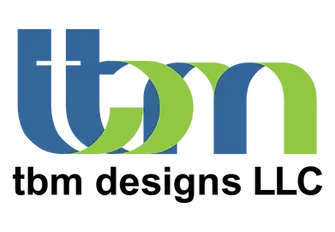Integral Self Shading Inserts
Use this free downloadable specification guide text to specify Invert insulated glass units with integral self-shading inserts by TBM Design.
Download and insert text into Section 08 80 00 – Glazing or similarly titled section governing this work.
What is Thermo-Bimetal?
It’s a composite material that is becoming increasingly popular in the construction of insulated glass units (IGUs). One of the innovative uses of thermo-bimetal in IGUs is as a shelf-shading window system, which provides a unique solution for reducing solar heat gain and enhancing the energy efficiency of buildings.
Self-shading is a design strategy that involves using horizontal elements such as shelves, canopies, or overhangs to provide shade for windows. By shading windows, it is possible to reduce the amount of solar radiation that enters a building, thereby reducing the cooling load and energy consumption. However, conventional shelf-shading systems can be expensive and difficult to install.
The use of thermo-bimetal in IGUs as a shelf-shading system is an innovative solution to this problem. Thermo-bimetal is a material that consists of two layers of different metals with different coefficients of thermal expansion. When exposed to changes in temperature, the material bends or curves.
In a shelf-shading window system, thermo-bimetal is inserted into the edge seal of the IGU. The material is positioned horizontally and is designed to bend and curve in response to changes in temperature. By doing so, it creates a horizontal overhang that shades the window below.
The Benefits of Integral Self-Shading Inserts
The benefits of using a thermo-bimetal shelf-shading system are numerous. First and foremost, it is an effective way to reduce solar heat gain and improve the energy efficiency of a building. In addition, it is a cost-effective and easy-to-install solution to incorporate into both new and existing buildings.
Another benefit of using thermo-bimetal in a shelf-shading window system is that it can be customized to suit the specific needs of a building. For example, the amount of shading provided can be adjusted by changing the width or thickness of the thermo-bimetal layer. This allows architects and builders to tailor the system to the unique requirements of their project.
Final units:
Are completely self-responsive
Requires no electrical input, control mechanisms, or human intervention to operate.
Reduces your cooling needs by up to 25%
Materially lowers your carbon emissions footprint
Allows for significant visual light transmittance
Provides exceptional amount of day-lighting
Optimizes factors important to human wellness.
Notes:
Thermo-bimetal is a promising material that is finding new applications in the construction of IGUs. Its use as a shelf-shading system is an innovative solution that offers numerous benefits for reducing solar heat gain and enhancing the energy efficiency of buildings. As the demand for sustainable building practices continues to grow, it is likely that we will see more innovative uses of thermo-bimetal in the construction industry in the years to come.
For assistance on the use of the products in this section, contact TBM Designs by calling 914-522-7047 or visit their website at www.tbm-designs.com.
Related specification templates:
